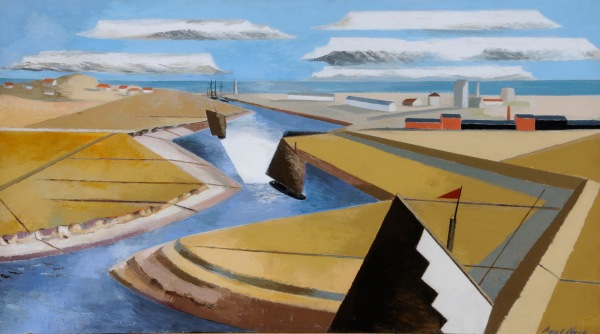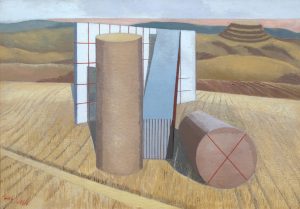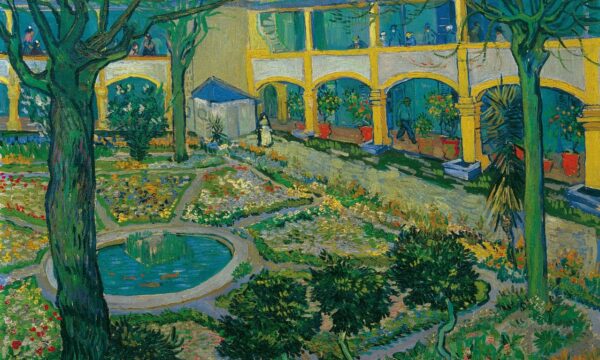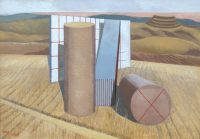Paul Nash at Tate Britain

This autumn, Tate Britain is presenting the largest exhibition of Paul Nash’s work that will be seen in a generation. Nash is primarily known in his role as a war artist, but this show also reveals an extensive and more varied artistic career than this designation suggests.
The exhibition starts with some of the artist’s earliest works, which take inspiration from the Pre-Raphaelites and William Blake. They are evocative and magical, finding an earthy power in features of the natural world such as the night sky and clumps of trees. They give a taste of Nash’s later career, and express his ability to balance the delicate with the bold and powerful.
From this lucid beginning, the show takes the viewer through the different artistic phases of Nash’s career. It’s rather like taking a walk through the landscape of British art between the 1910s and the 1950s. Nash adopted elements of almost every artistic movement, dipping into symbolism, surrealism and abstraction.
He does them all well; some of his semi-abstracted paintings of the Kent coast are incredibly striking, while his images of the devastation caused by the First World War are shocking even to this day. However, the display gives little indication as to whether Nash was ahead of or behind the curve: an innovator or a copycat. Certainly, he made each style his own, but there’s something a bit conservative about his approaches to the exciting new realms of surrealism or abstraction.
This impression isn’t helped by the curation of the collection, which in places compares Nash to his contemporaries. Unfortunately, the artist’s works tend to look somewhat muted in comparison to more exuberant and obviously experimental pieces by Ben Nicholson and Edward Wadsworth. It’s also unfortunate that Nash’s chosen colour palette feels distinctly outdated in 2016, even with the exhibition ignoring his close association with the currently unfashionable provincialist artists, such as John Piper.
There are some stunning paintings in the Paul Nash show, revealing the artist’s keen eye and understanding of the bold power of the British landscape. It’s a shame, however, that the exhibition doesn’t allow their dramatic force to take centre stage, insisting instead on exploring questions about style and influence, which remain largely unanswered.
Anna Souter
Paul Nash is at Tate Britain from 26th October 2016 until 5th March 2017, for further information or to book visit here.
























Facebook
Twitter
Instagram
YouTube
RSS